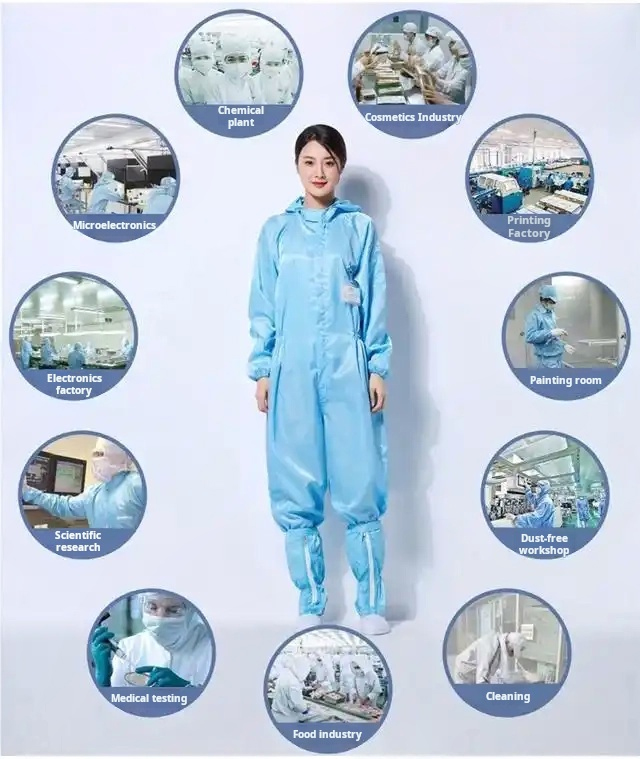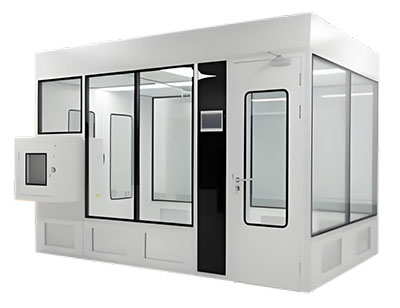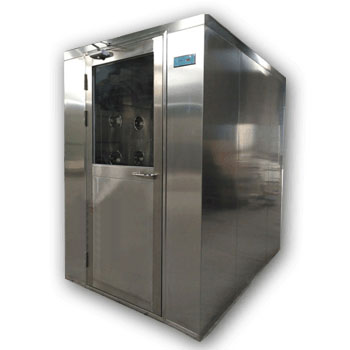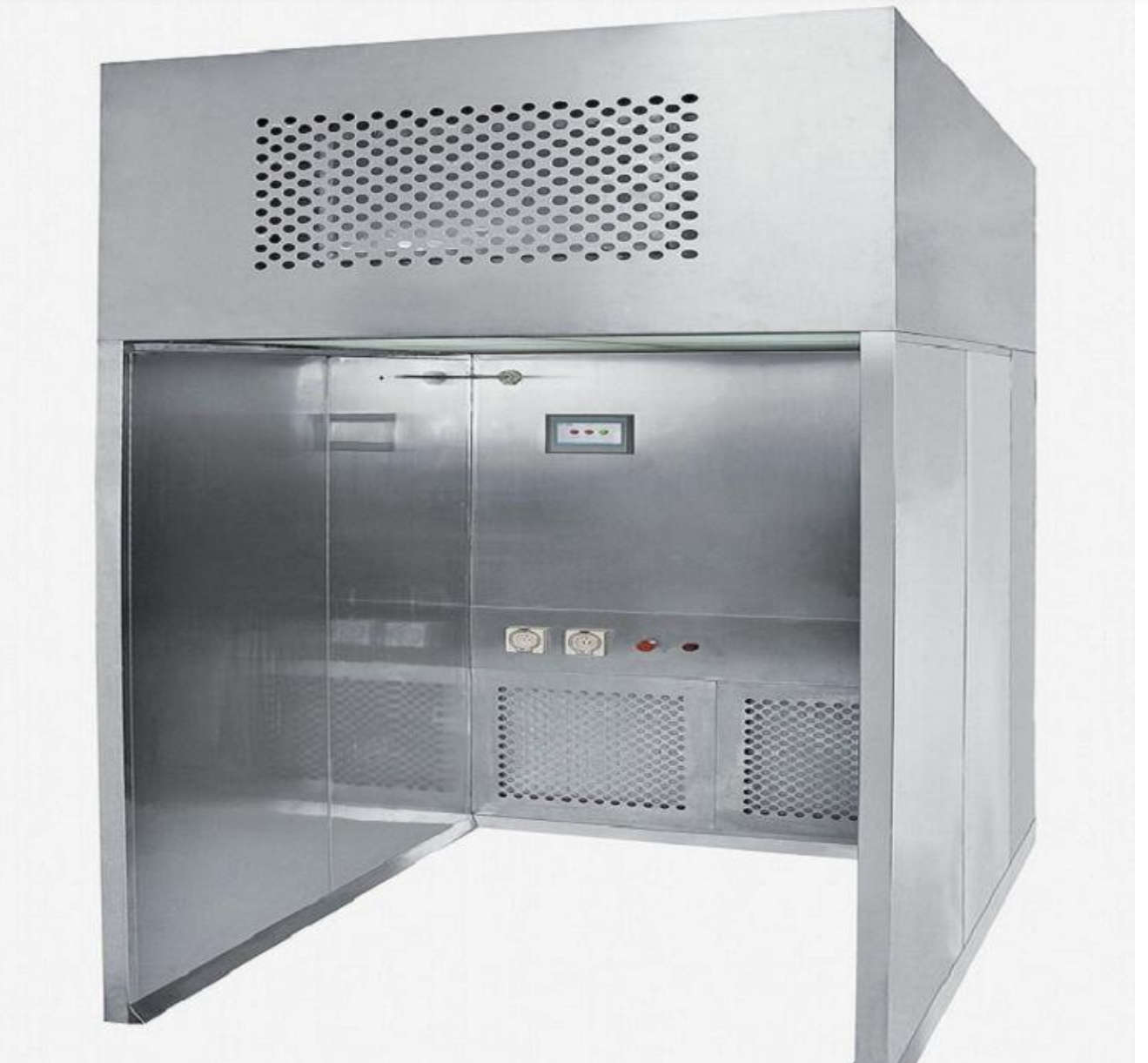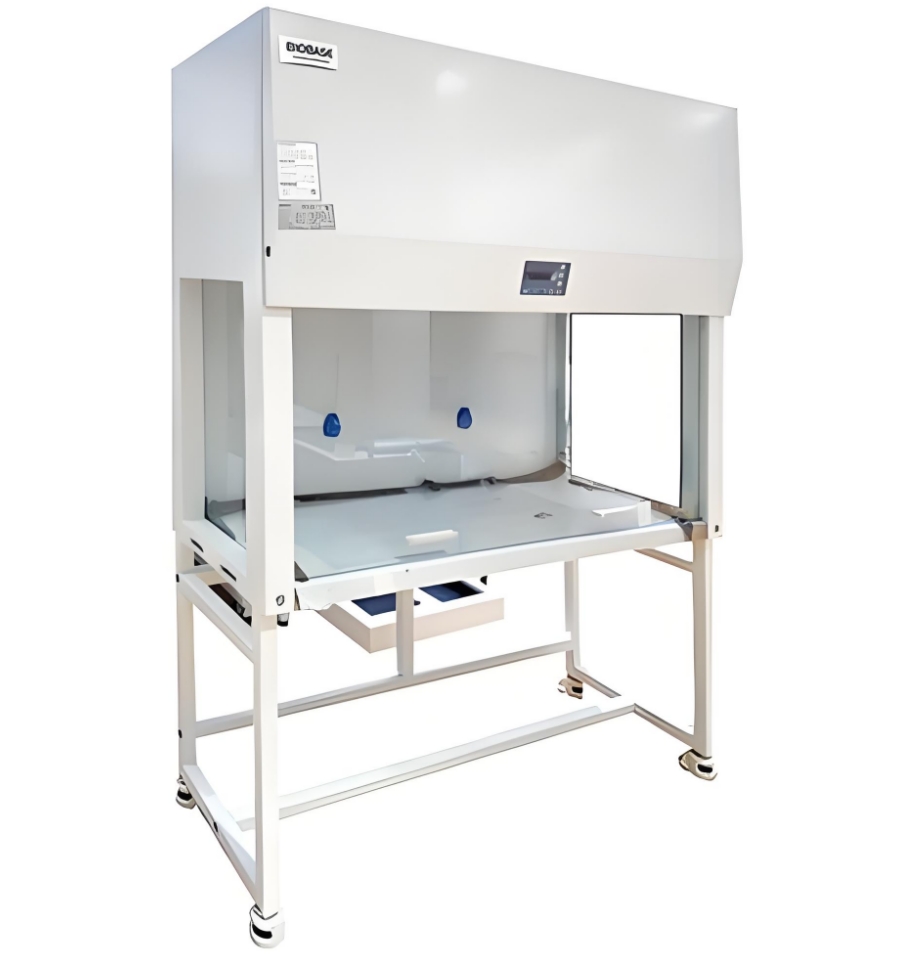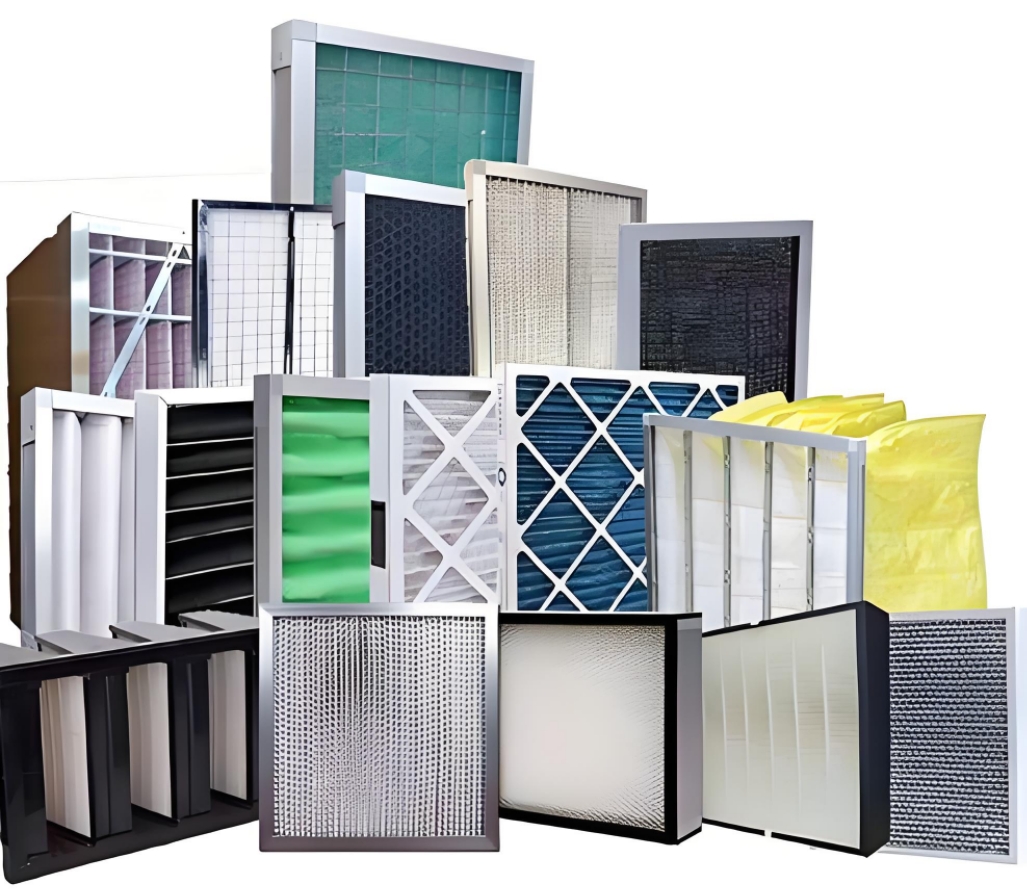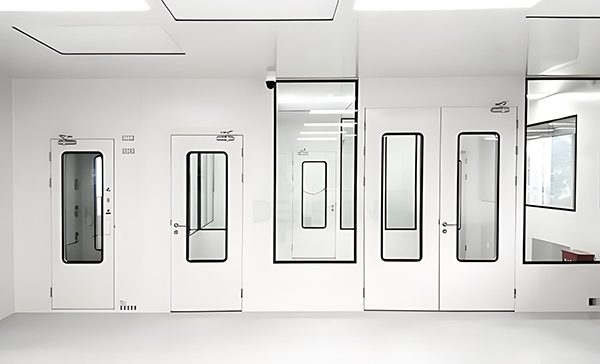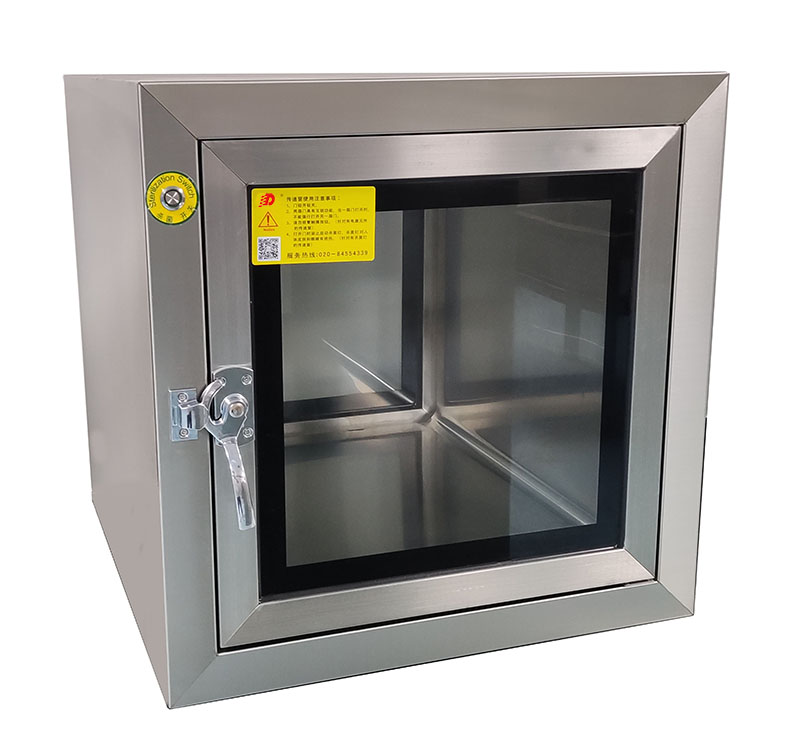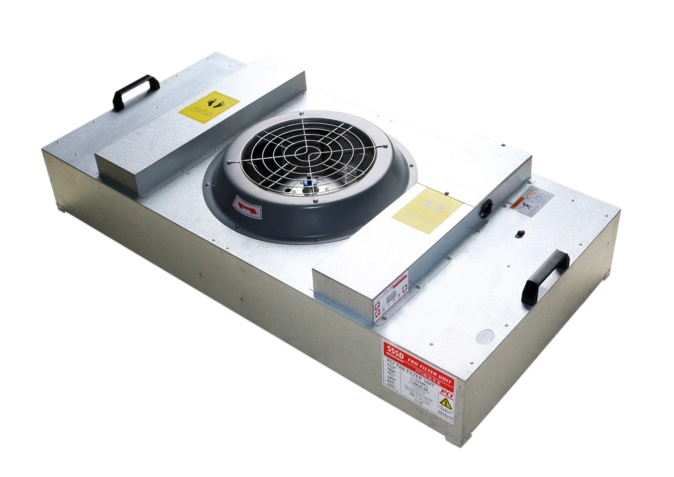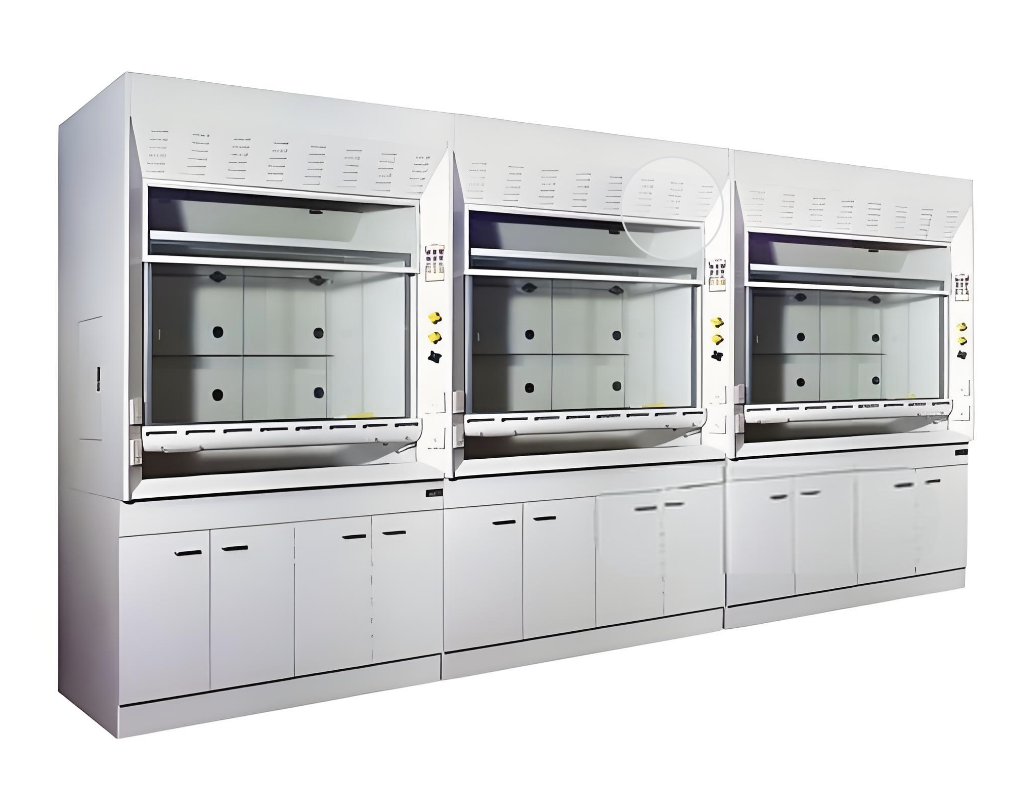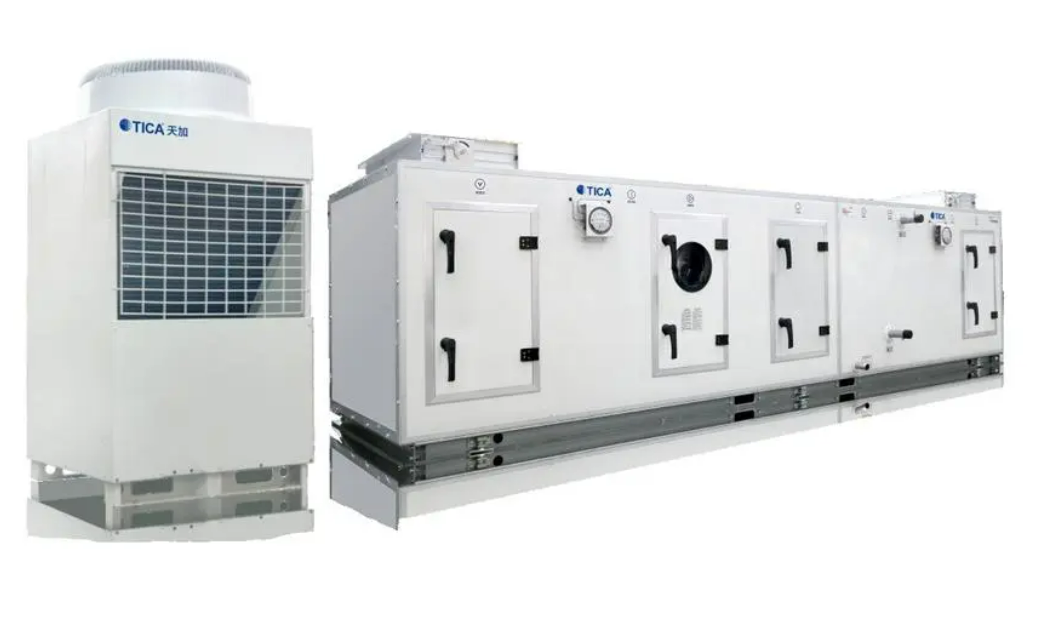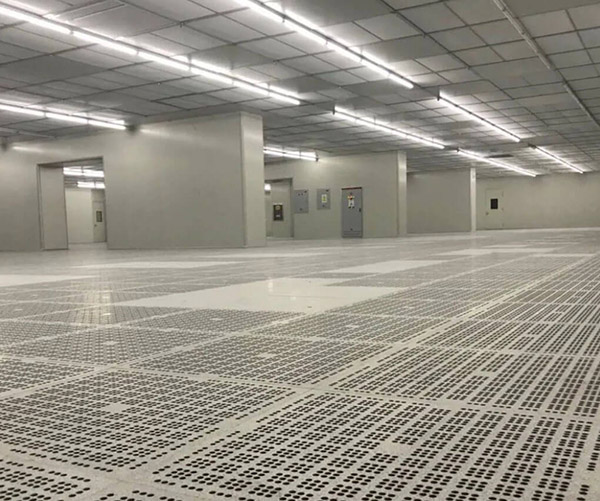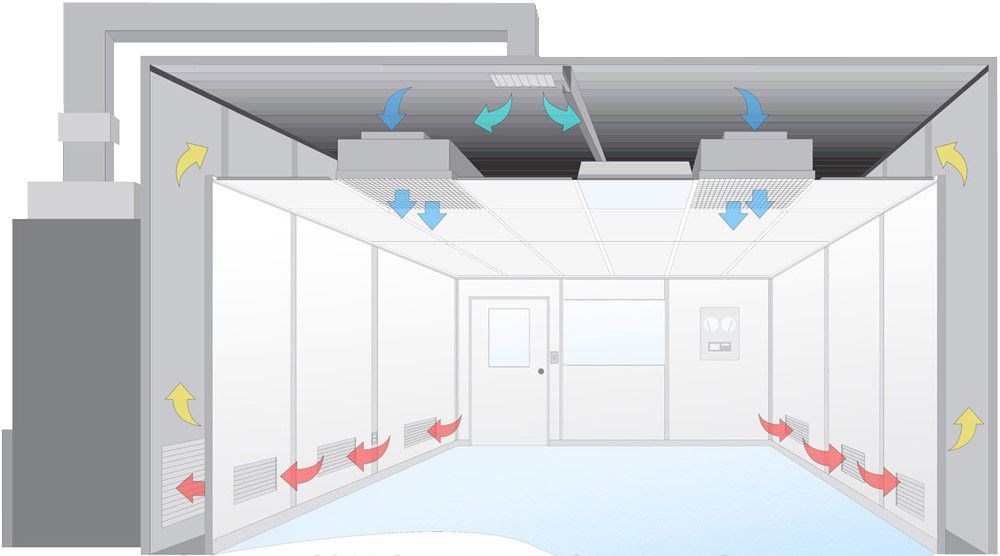Understanding the 100,000 Cleanroom Standard: 2018 Edition Insights
Understanding the essential components and applications of 100,000 cleanroom standards
Introduction
Understanding the 100,000 cleanroom standard is essential for various industries that require controlled environments to maintain the quality and safety of their products. This classification corresponds to less stringent particulate concentration levels, yet it still holds significant importance in applications where maintaining a baseline of cleanliness is crucial.
Particle Count
The 100,000 cleanroom, now equivalent to ISO Class 8 under ISO 14644-1, permits a maximum of 100,000 particles per cubic foot of air. These measurements account for particles measuring 0.5 microns and larger.
Filtration
Filtration systems in a Class 100,000 cleanroom are designed to effectively manage particulate concentrations to comply with established standards. Typically, these cleanrooms are equipped with HEPA filters, which trap particles of 0.3 microns with an efficiency rate of 99.97%
Air Changes
Air change rates in a 100,000 cleanroom are generally set between 20 to 30 air changes per hour. This rate is adequate to dilute and remove particles, maintaining acceptable air quality without causing excessive energy use.
| Parameter | Standard |
|---|---|
| Air Changes per Hour | 20 - 30 |
| Particle Size | 0.5 microns and larger |
Airflow
Airflow within a Class 100,000 cleanroom is usually designed to mitigate turbulence and ensure even distribution. This unidirectional or mixed flow system ensures that air is circulated in a manner that sweeps away contaminants.
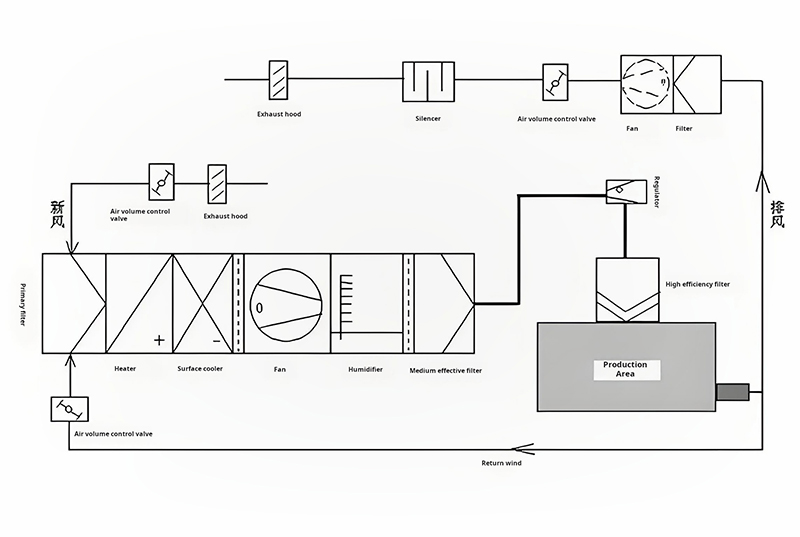
Applications
A 100,000 cleanroom serves industries like electronics, food manufacturing, and pharmaceuticals in non-sterile zones. Often, these cleanrooms are used for processes such as packaging or pre-assembly areas where gross contamination is controlled.
- Electronics manufacturing
- Food processing and packaging
- Pharmaceutical non-sterile zones
- Automotive parts assembly
- Medical device packaging
Gowning
In a Class 100,000 cleanroom, gowning protocols aim to reduce human-borne contaminants entering the workspace. Personnel typically wear lab coats, gloves, and hairnets, emphasizing the prevention of contaminants rather than complete sterility. |
|
Modular Cleanroom Solutions
hardwall Cleanrooms
Hardwall cleanrooms offer robust and durable solutions for those needing a permanent fixture that provides more rigid control over the environment.
softwall Cleanrooms
Softwall cleanrooms are flexible and ideal for temporary or semi-permanent installations. They offer cost-effective solutions for businesses needing to create a controlled environment quickly.
US Federal Standard 209E Classifications
The Class 100,000 designation is a part of the US Federal Standard 209E, which has since been replaced by the iso 14644-1 standard but remains a benchmark for many industries.
Key Transition: The adaptation from US Federal Standards to ISO classifications represents an evolution towards greater precision in air quality control.
Conclusion
The 100,000 cleanroom standard offers a structured approach to maintaining necessary cleanliness levels in environments where contamination control is critical but not as stringent as higher classifications. Through a combination of effective design and adherence to international standards, these cleanrooms play an integral role across various industries.
Key Standards and References
- ISO 14644-1: Defines cleanliness classes for air based on particle concentration.
- US Federal Standard 209E: Historical guideline for CleanRoom Classification, now largely replaced by ISO standards.
- ISO Class 8: Equivalent to the 100,000 cleanroom standard.
- HEPA Filtration: Essential for maintaining particle control at this classification.
- Air Change Rates: Typically 20 to 30 air changes per hour to maintain air cleanliness.
100,000 Cleanroom Standard (2018 Edition) - Maintained for educational and informational purposes
 +86 18186671616
+86 18186671616 Jason@cleanroomequips.com
Jason@cleanroomequips.com
 MENU
MENU
